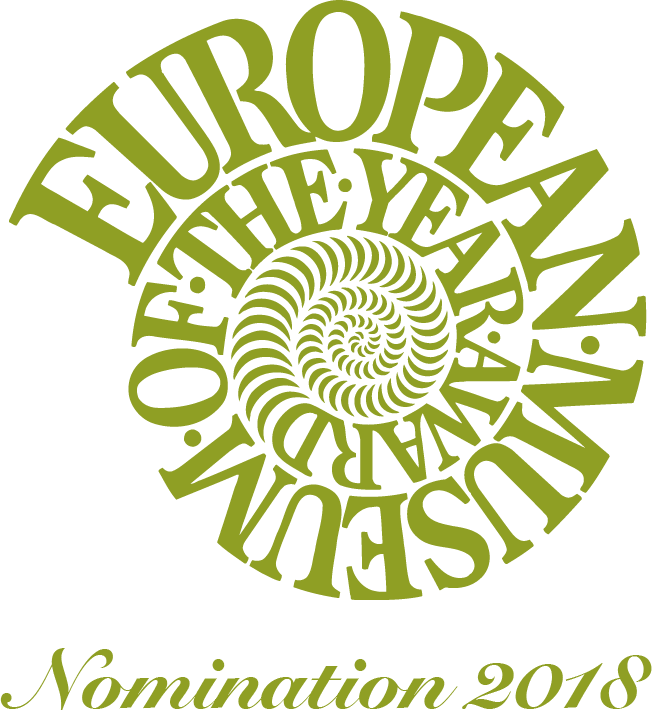The Museu Carmen Thyssen Andorra offers this week a new guided tour of a particular artwork from the exhibition “INFLUENCES on art. From Van Goyen to Pop Art”, which you can listen from home.
Today, the Museu Carmen Thyssen, Andorra invites you to discover “Moonrise on the banks of the river Oise” 1874, by the artist Charles-François Daubigny, which is part of the Carmen Thyssen-Bornemisza collection.
The painter Daubigny, born in Paris on January 15th, 1817, is in the transition between classicism and modernity. His training took place at home as his father was also a painter and later in the workshop of Paul Delaroche, where he cultivated historical themes.
From 1830, a new breath pushed him towards a more agile technique that allowed him to express his emotions: outdoor painting.
Encouraged by his friend Camille Corot, Daubigny enters a new era and begins to work in Fontainebleau, where together with the followers of the Barbizon School begun a renewal: the work at natural. Workshop leaves the center of the work and becomes a practical accessory.
The inspiration of the coast landscapes of Normandy, and the aqueous environments, led Daubigny to enable a boat as a floating studio, which he named “Le Botín”, allowing him to sail the river Seine and the Oise, serving as a platform to perform his compositions. In his landscapes, the amazing natural light of the different times of the day is masterfully reflected in elements such as water, air and sky.
In 1858 he participated in the Exposition Universelle and achieved official recognition as a painter of nature; influencing in the trajectory of other young impressionist artists like Paul Cézanne or Van Gogh, arriving to be considered until this days, like an advanced impressionist; the nexus between the Barbizon School and this movement.


